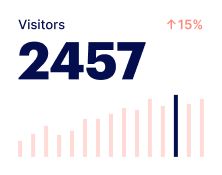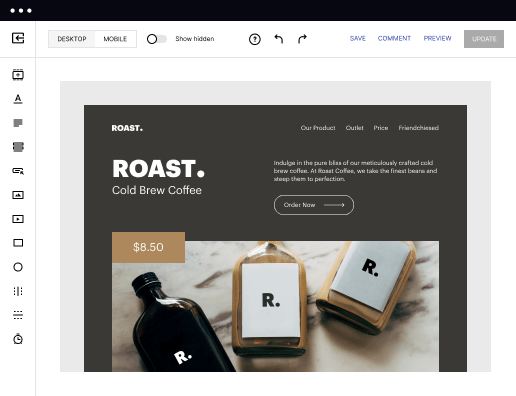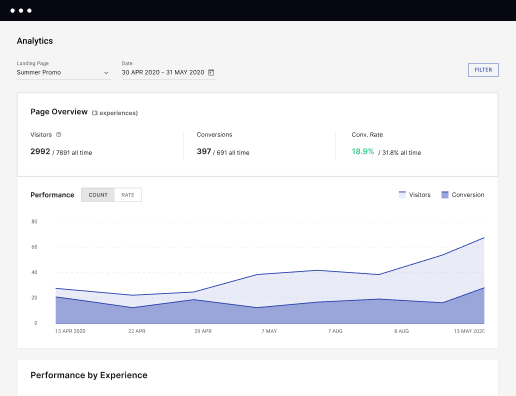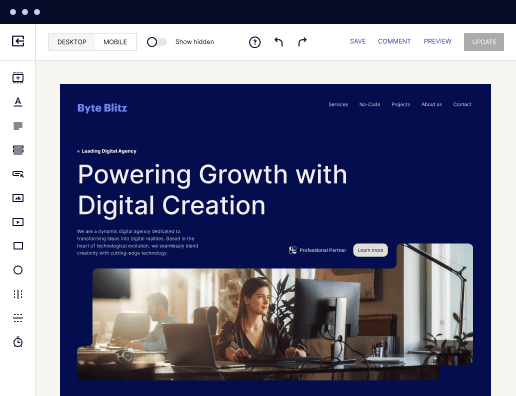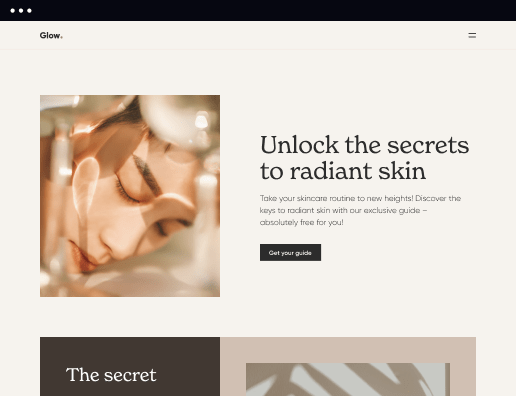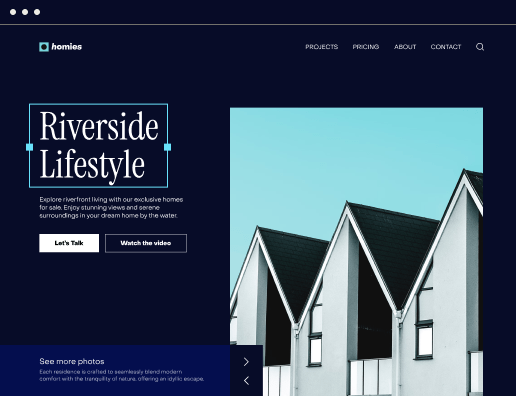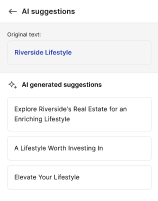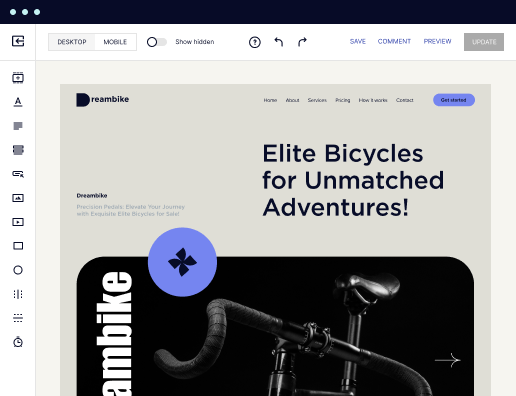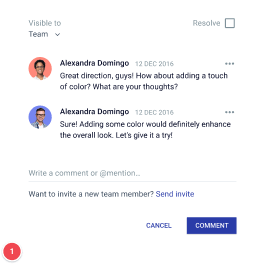Make your front page designed for Chrome OS
Instapage empowers you to reduce costs, increase conversions, and deliver meaningful experiences on Chrome OS.
How to build your front page on Chrome OS with Instapage
Creating effective landing pages is crucial for businesses seeking to maximize conversions, especially when operating in the competitive landscape of the USA. Instapage offers a powerful platform that allows marketers to build their front page on Chrome OS efficiently. With over 100 pre-designed templates and a user-friendly interface, marketers can create pages that resonate with their target audiences without needing extensive technical skills.
Understanding the capabilities of Instapage
Instapage is designed to streamline the landing page creation process. Leveraging its built-in tools, users can create responsive designs that are optimized for conversions. This platform's key differentiators include its focus on collaboration and personalization, which are essential for aligning landing pages with audience expectations.
- Customization: Instapage provides customizable templates that adapt to your brand’s requirements, ensuring coherence with your overall marketing strategy.
- A/B Testing: Instapage’s experimentation features enable users to conduct A/B tests, allowing marketers to determine which elements perform best for their audience.
- Analytics Dashboard: Users can analyze traffic and engagement levels, helping refine their approach to building a front page that converts.
Step 1: Select the right template for your front page
Your first step in building a front page on Chrome OS is to select the appropriate template offered by Instapage. Here are some points to consider:
- Audience alignment: Choose a template that reflects the interests and behaviors of your specific audience, whether they are from business services, tech, or education sectors.
- Industry relevance: Utilize templates that resonate within your vertical. For instance, a financial services landing page might require formal and security-focused design elements.
- Mobile responsiveness: Ensure the selected template is mobile-friendly to cater to users accessing the page from various devices.
Step 2: Utilize Instablocks for quick customization
Once you have selected your template, use Instablocks for efficient customization. Here’s how to effectively utilize this feature:
- Drag-and-drop functionality: Instablocks allows you to easily drag elements to your desired location without any coding.
- Reusable components: Create sections once and use them across multiple landing pages, saving design time while ensuring consistent messaging.
- Dynamic text replacement: Enhance personalization by utilizing this feature to automatically alter text based on user data, which can significantly increase engagement.
Step 3: Launch and optimize your page
After setting up your front page, it's crucial to launch and optimize it regularly. To enhance its effectiveness:
- Implement A/B testing: Use Instapage’s A/B testing tools to experiment with different headlines, images, or call-to-action buttons.
- Monitor analytics: Keep track of user interactions through the analytics dashboard to identify areas for improvement.
- Gather feedback: Engage with users for constructive feedback to continuously refine the landing page.
By following these steps, marketers can effectively build their front page on Chrome OS, maximizing their landing page's potential in driving conversions.
Ready to elevate your marketing strategy? Start building your landing pages with Instapage today and make a significant impact on your conversion rates!
Get more out of Build your front page on Chrome OS
Improve your Quality Score with quick load technology for landing pages
Increase conversions with content that aligns with your ads and audiences
Achieve maximum ROI by scaling your marketing initiatives
Leading the way in building high-performing landing pages





FAQs
See how to build your front page on chrome os in action
Ready to skyrocket conversions?
Supercharge your ad campaigns with high-performing landing pages.
Get started
